5 Most Influential Northern Renaissance Painters
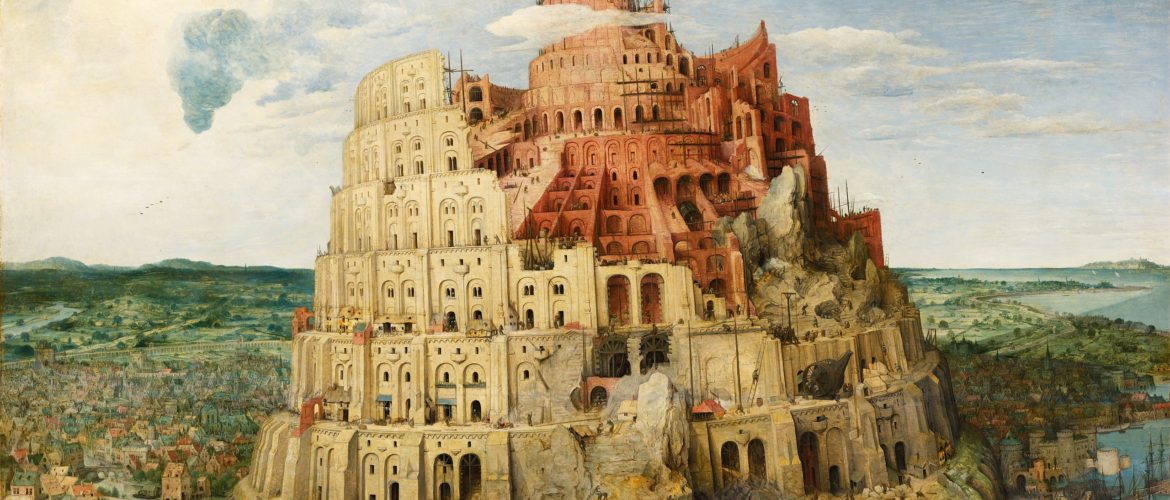
If you ask a person foreign to art about Renaissance, the chances are high that they will associate it with masters of the Italian Renaissance art, such as Leonardo Da Vinci or Sandro Botticelli. However, there was another not less important–in terms of history and culture–type of “rebirth,” and it was called Northern Renaissance. The name speaks for itself: that movement covered the Northern part of Europe (Low Countries, Germany, France, etc.) that was considerably influenced by Italian masters who forged the idea of art based upon science and reality.
Inspired by the dazzling changes brought to the European culture by the High Renaissance, Northern Renaissance became the cradle of the same innovative concepts and notions that were meant to change everything. To understand the atmosphere of that period better, you need to know the names of painters who made it possible for Northern Europe to move forward.
5 Most Influential Northern Renaissance Painters
Jan van Eyck
The inventor of the oil-glazing techniques, Jan van Eyck became the artist who managed to replace the egg-tempera method of painting and brought changes directly to the way art was created. He was also famous for his striking realism, which was a definite answer to the Medieval canons.
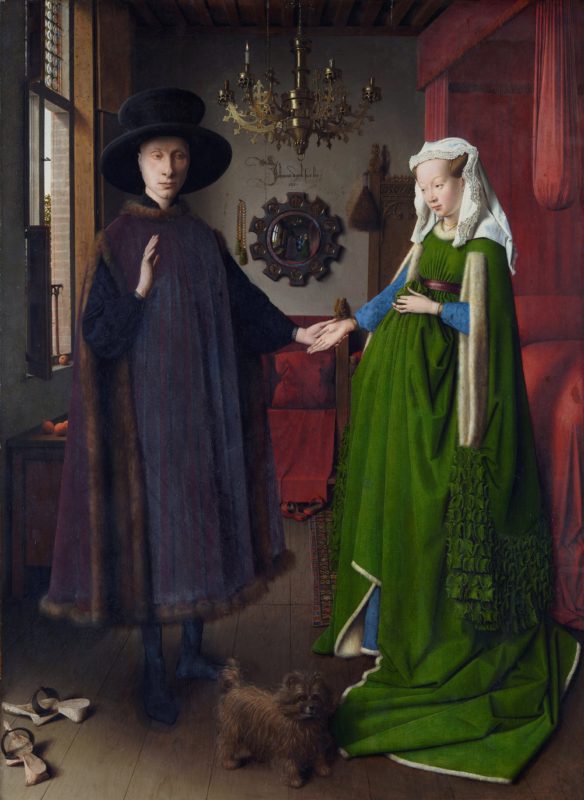
The Arnolfini Portrait, Jan van Eyck, 1434
Albrecht Dürer
Albrecht Dürer is arguably the greatest German Renaissance artist who was among the first in Germany to represent human bodies and animals accurately. Many historians also claim that Dürer was one of the founders of landscape art.
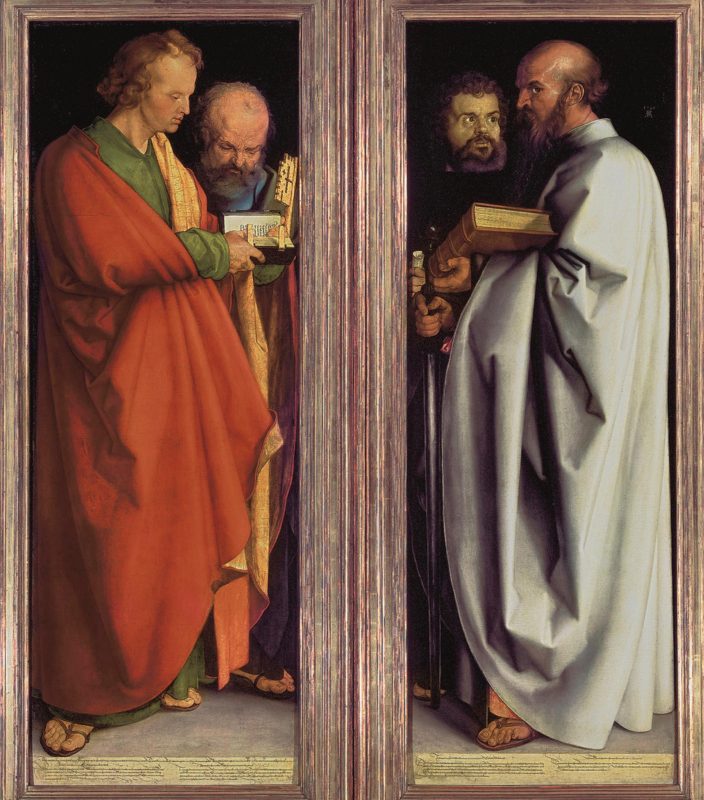
The Four Apostles, Albrecht Dürer, 1526
Pieter Bruegel the Elder
Who hasn’t seen Pieter Bruegel’s peasant scenes? Everyone has! The Flemish Northern Renaissance painter dared to offer the society the depiction of the common mass of humanity that wasn’t disguised under imposed and unrealistic ideals.
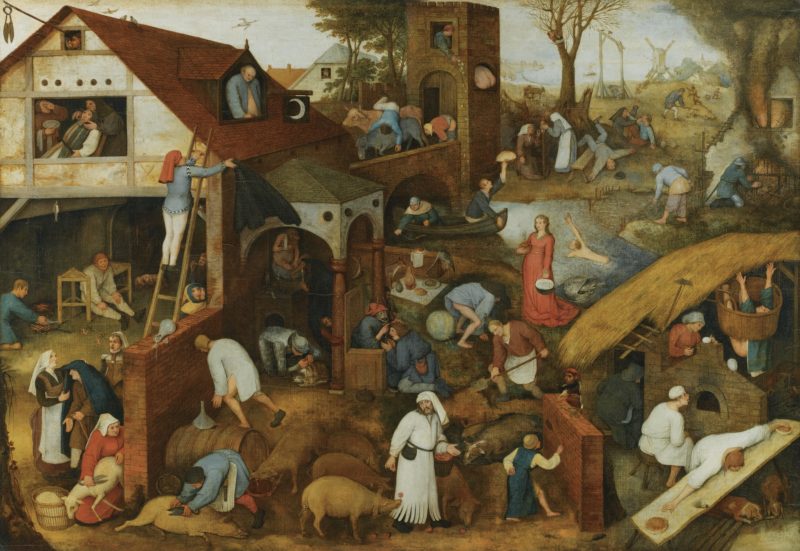
Flemish Proverbs, Pieter Brueghel the Elder, 1559
Rogier van der Weyden
Weyden was one of the first to try realistic portraits rich in details and full of realism. Furthermore, the artist was among the best when it came to using linear perspective as one of the trailblazing techniques of the Renaissance. Despite that, his art often consisted of religious triptychs and altarpieces.
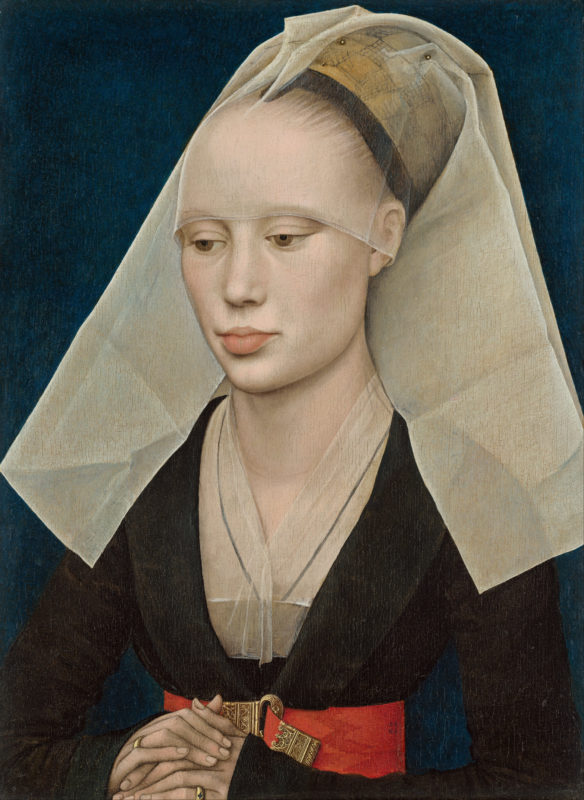
Portrait of a Lady, Rogier van der Weyden, circa 1460
Hieronymus Bosch
Initially known for his rich religious symbolism and allegory, Hieronymus Bosch laid the foundation of surreal art back in the middle of the 15th century. His world of half-animals, flying fishes, and gruesome gremlins offered a great contrast to the godly creatures of the Medieval age.
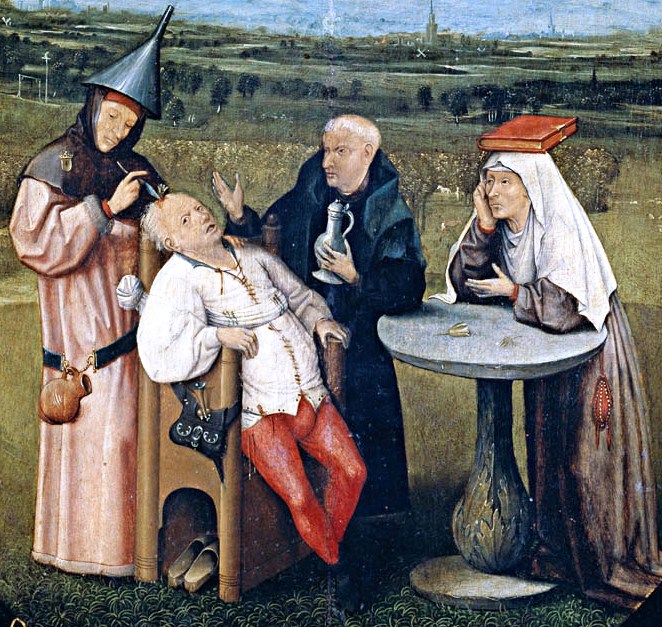
The Stone Cutting, Hieronymus Bosch, between 1488 and 1516
These names made the Northern Renaissance possible. Thanks to their efforts, the grand ideas of rebirth come into the minds of millions of Europeans.
